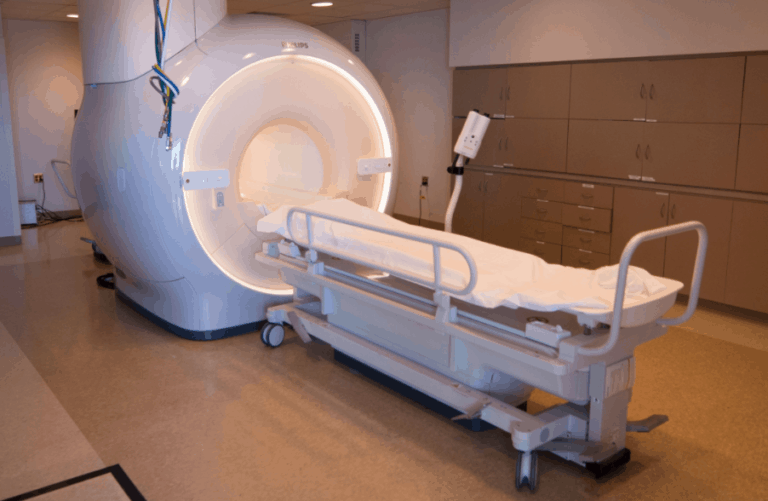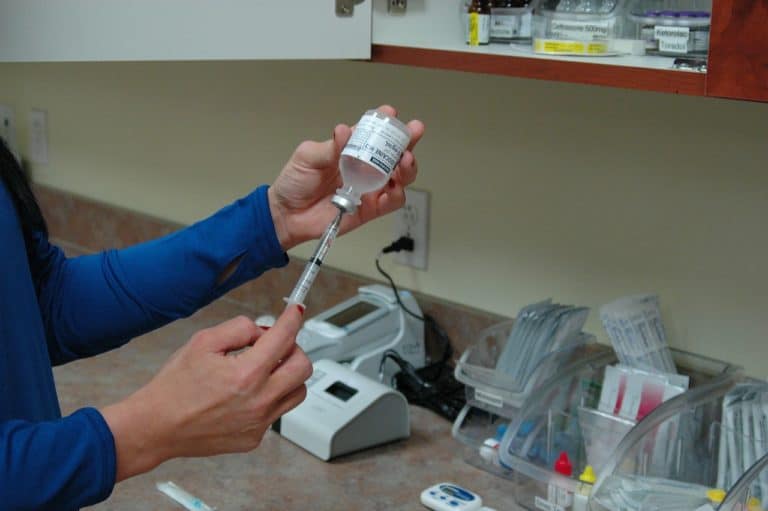The Food and Drug Administration (FDA) approved Provenge (sipuleucel-T) on April 29, 2010, for men who have advanced prostate cancer that has not responded to standard hormone therapy. Provenge is unique in that it is the first so-called vaccine for the treatment of prostate cancer. We say “so-called” because Provenge does not prevent prostate cancer, and most traditional vaccines are designed to prevent disease. So what should you know about Provenge?
When you get the flu vaccine, for example, you expect it to prevent you from getting flu symptoms. Provenge also does not cure prostate cancer nor slow how it progresses or spreads. What Provenge does do, however, is enhance the immune system, and in turn, extends life by up to slightly more than four months in some men who have advanced prostate cancer.
How does Provenge work?
Provenge has been labeled a vaccine because it is a form of treatment called autologous cellular immunotherapy. This means Provenge uses cells that come from you (autologous), which are then made to stimulate your own immune system to fight against the cancer. More specifically, this type of vaccine helps a person’s immune system recognize the cancer cells as foreign, and then the immune system can attack them.
To achieve this ability, Provenge is manufactured using a process known as leukapheresis, in which a patient’s immune cells (white blood cells) are separated out of a sample of his blood. The cells are typically collected at a cell collection center about three days before each scheduled Provenge treatment. To make the cells more responsive against prostate cancer, they are exposed to a protein found in most prostate cancers, linked to an immune-stimulating substance. The patient’s cells are then returned to him intravenously. The entire treatment course involves three doses given at about 14-day intervals.
What are the side effects of Provenge?
During controlled clinical trials using Provenge, nearly every patient experienced some adverse reaction to the treatment. The most common side effects were back pain, chills, fatigue, fever, headache, joint ache, and nausea. Serious reactions associated with the infusion were reported within 1 day of treatment and included breathing problems (shortness of breath, reduction in oxygen level, wheezing), chills, dizziness, fatigue, fever, headache, high blood pressure, muscle aches, nausea, vomiting, and weakness. Breathing problems, chest pain, dizziness, irregular heartbeat, nausea, racing heart, or vomiting after treatment may be signs of heart or lung problems and should be reported immediately to a doctor.
What does Provenge research say?
Provenge was studied in 512 men who had prostate cancer that had not responded to hormone treatment and had spread beyond the prostate. Compared with men who took a placebo, those given Provenge had an increase in overall survival of 4.1 months. Median survival for men who took Provenge was 25.8 months compared with 21.7 months for men who did not receive the treatment.
Although most of the adverse reactions were mild or moderate in severity, about 25 percent of men who received Provenge reported serious reactions, including stroke and acute infusion reactions. Both hemorrhagic and ischemic strokes occurred in 3.5 percent of men who took Provenge compared with 2.6 percent of men in the control group.
What does Provenge cost?
As of July 1, 2011, the Centers for Medicare and Medicaid Services said it would reimburse Medicare beneficiaries who have asymptomatic or minimally symptomatic metastatic hormone-resistant prostate cancer. The cost for a three-month treatment course of Provenge is $93,000. Men with other types of insurance plans need to contact their individual providers.
The high cost of Provenge plus some other factors appear to be deterrents to its use by oncologists and urologists. A recent (August 31, 2011) article by FiercePharma noted that when doctors were asked about Provenge on Sermo, the social network for physicians, more than 50 percent said the cost or its four-months-median extended survival were the most influential factors in determining whether they would prescribe the vaccine. Another factor was the complex process needed to prepare the vaccine for each patient, as Provenge clearly is not an off-the-shelf drug.
When doctors were asked what the highest price they would like to see assigned to a drug that performs like Provenge, 57 percent said no more than $30,000, while another 29 percent agreed on $31,000 to $60,000. The four month life extension associated with Provenge also is a sticking point for doctors. When physicians were asked how much survival benefit they would like to see before they would prescribe a drug the same price as Provenge, nearly one-third said a year or longer, while nearly half said at least 10 months.
What is the future of Provenge?
Even though Provenge extends life for only a few months, it is an important advancement because it is proof that a cancer vaccine designed to enhance the immune system can prolong life. Scientists are already exploring how they can improve Provenge and find new ways to use it. For example, Johns Hopkins researchers discovered that combining Provenge with hormone deprivation therapy can increase the chance of stopping prostate cancer at an earlier stage. Use of Provenge with radiation may enhance the treatment benefits.
It is also possible that at some point, Provenge will be recommended for use in men who have early stage prostate cancer that has not spread. Several trials are underway, including a phase 3 study called PROTECT (Provenge Treatment and Early Cancer Treatment) that is exploring this very possibility.
Researchers are also already moving beyond Provenge and looking at newer vaccines. One, called Prostvac, extended survival by a median of 8.5 months in a phase 2 trial. If Prostvac is ever approved by the FDA, it will be less costly than Provenge, because it is an off-the-shelf vaccine.
Read more in our Prostate Cancer Health Center.
References
Provenge website. ProvengeStaton T. Docs blame reimbursement, complexity, cost-benefit for Provenge uptake.
Fierce Pharma 2011 Aug 30







